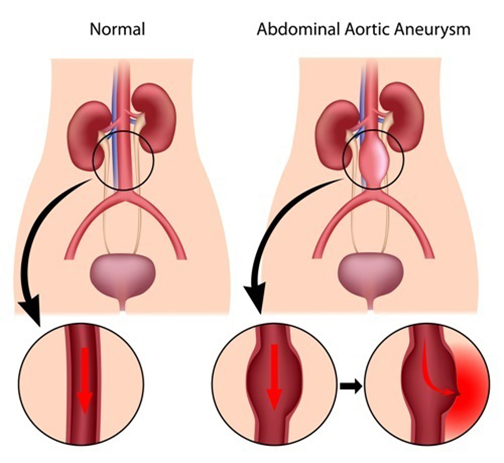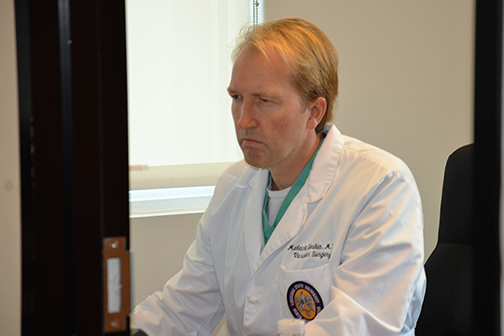Free screening finds deadly AAAs
Nearly 200 people took advantage of a free abdominal aortic aneurysm (AAA) screening on a recent Saturday morning at the LSU Healthcare Network. LSU Health New Orleans vascular surgeons found three undiagnosed AAAs among them.
Aneurysms can develop slowly over many years, often with no symptoms. It is estimated that more than 1 million people are living today with an undiagnosed AAA.

When an abdominal aortic aneurysm begins to tear or ruptures, it is a medical emergency. Because the aorta is the body's main supplier of blood, a ruptured abdominal aortic aneurysm can cause life-threatening bleeding. Only about 1 in 5 people survive a ruptured abdominal aneurysm.
The screening test is a simple ultrasound of the abdomen. It only takes a few minutes and is painless. The images will help determine whether or not an aneurysm is present. If the aneurysm is found early, it can be treated to prevent rupturing.



